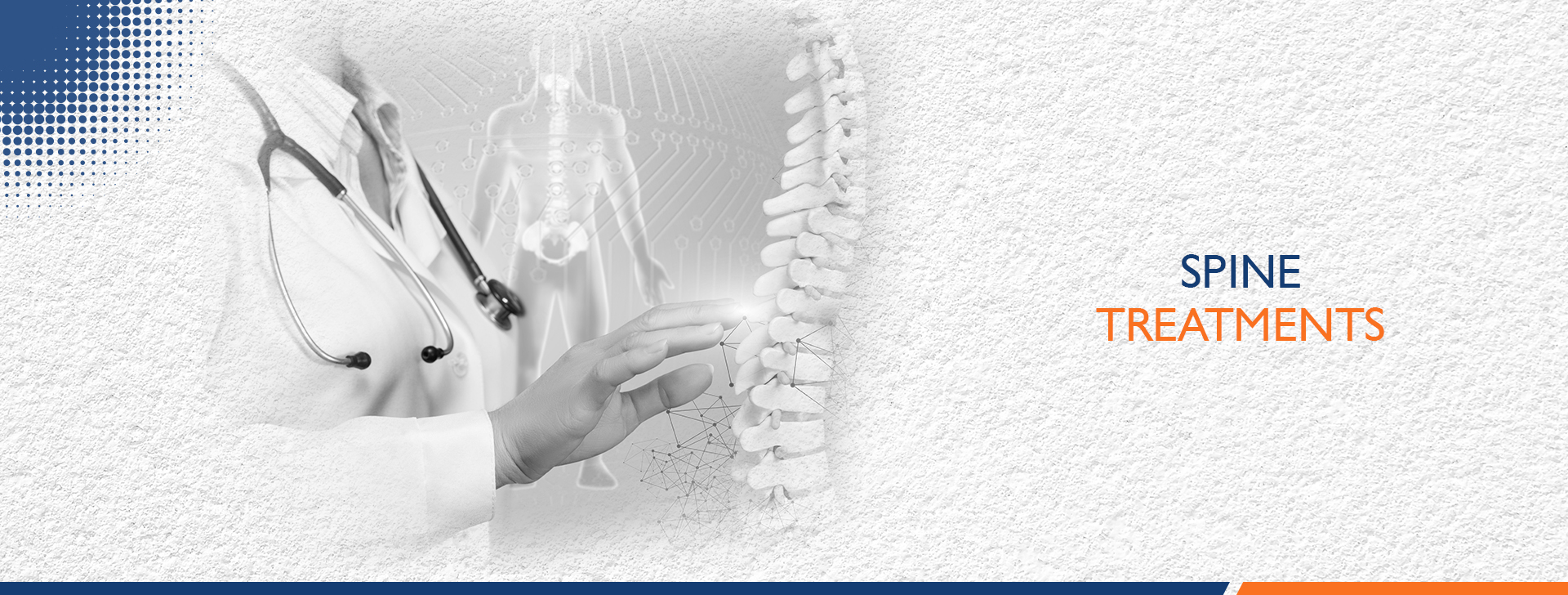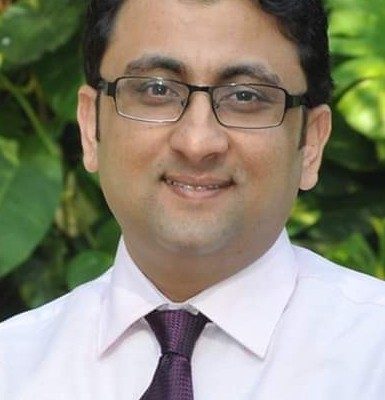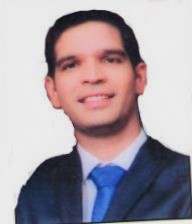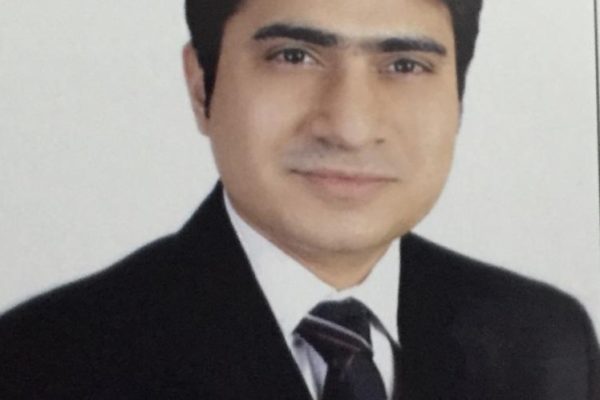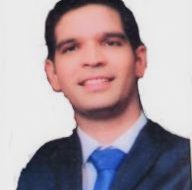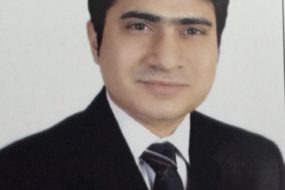Spine is a stack of little bones called vertebrae along the center of your back, from your seat to your neck. It supports your head, shoulders, and upper body. Your spine plays another key role: The vertebrae make a tunnel for your spinal cord. That’s the set of nerves that connect your brain to most of your body. Depending upon the severity and extent of problems there are various treatment options available. Deciding whether or not to undergo surgery, is a difficult decision, especially when the surgery involves your spine. Bowel or bladder problems related to the spine are considered an emergency; this alone is a good reason to have spine surgery.
Progressive or severe weakness in one or more limbs is also a reason to consider spine treatment. “Drop foot,” “clumsy hands,” “legs giving way” are all very concerning and could represent partial paralysis. A life-crushing debility from the pain associated with a spinal condition that is not responding to all the treatments you’ve been throwing at it or being bedridden and unable to participate in daily life in a meaningful way are definitely reasons to consider spine treatment. Spine Treatment helps you move around better, be more physically fit, reduces the amount of pain medication required and helps you be more productive at work and in general.
Types of Treatments
Minimally Invasive Spine Surgery (MISS)
Minimally invasive spine surgery (MISS), does not involve a long incision, it avoids significant damage to the muscles surrounding the spine. Typically, this results in less pain after surgery and a faster recovery Spine surgery is usually recommended only when a period of nonsurgical treatments like medications and physical therapy have not relieved the painful symptoms caused by your back problem. In addition, surgery is only considered if your doctor can locate the exact source of your pain, such as a herniated disk or spinal stenosis.
The Advantages of MISS include:
- Better cosmetic results from smaller skin incisions (sometimes as small as 2 centimeters)
- Less blood loss from surgery
- Reduced risk of muscle damage since less or no cutting of the muscle is required
- Reduced risk of infection and postoperative pain
- Faster recovery from surgery and less rehabilitation required
- Diminished reliance on pain medications after surgery
Conditions commonly treated with MISS
- Degeneration of disc
- Herniation of Disc
- Lumbar spinal stenosis
- Spinal deformities such as scoliosis
- Spinal infections
- Spinal instability
- Vertebral compression fractures
- Spinal Tumors
Endoscopic discectomy
A common type of endoscopic spinal surgery is a minimally invasive surgical procedure used to remove herniated disc material that is causing pain in the lower back and legs (lumbar), mid back (thoracic), or neck and arms (cervical). Endoscopic discectomy is the least invasive and effective surgical technique for treating spinal disc herniation patients.
Lumbar Endoscopic Discectomy
- Disc Bulge
- Herniated Disc
- Disc Tear
- Radiculitis
- Radiculopathy
Cervical Endoscopic Discectomy
- Brachial Neuritis
- Cervical Disc Bulge
- Cervical Disc Tear
- Cervical Herniated Disc
Herniated Disc
Cause
Disc herniations can result from general wear and tear, such as when performing jobs that require constant sitting and squatting or driving (sedentary lifestyle), lifting. Professional athletes, especially those playing contact sports, are prone to disc herniations.
Signs and symptoms
- vary depending on the location of the herniation
- little or no pain to the severe and unrelenting radiating neck or lower back pain.
- radiating to lower extremities or groin area also known as sciatica. Radiating nerve pain caused by a prolapsed disc can also cause bowel and bladder incontinence.
Prevention
- Maintain proper posture
- Exercises that are used to enhance back strength may also be used to prevent back injuries. Back exercises include the prone press-ups, transverse abdominus bracing, and floor bridges.
Treatment
- Non-steroidal anti-inflammatory drugs
- Weight control Epidural corticosteroid injections, root blocks
Surgery
- Microdiscectomy
- Endoscopic discectomy
Spinal Stenosis
Spinal stenosis is an abnormal narrowing of the spinal canal that may occur in any of the regions of the spine.
Surgery
- Minimally invasive spinal decompression
- Laminectomy and decompression
Signs and symptoms
- Standing discomfort, difficulty in walking
- Bilateral symptoms
- Tingling ,Numbness
- Weakness
Treatment
- Non-steroidal anti-inflammatory drugs
- Epidural corticosteroid injections, root blocks
Spondylolisthesis
Spondylolisthesis is the forward displacement of a vertebrae over the another.
Signs and symptoms
- back pain at the site of displaced vertebra
- radicular pain in the legs
- tingling and numbness
- weakness in one or both legs
- Epidural corticosteroid injections, root blocks
Cause
- Traumatic due to fall or RTA
- Congenital
- Degenerative due to old age
- Pathologic due to tumor
Treatment
- Non-steroidal anti-inflammatory drugs
- Epidural corticosteroid injections, root blocks
Osteoporotic Compression Fracture
The type of fracture in the spine that is typically caused by osteoporosis is generally referred to as a compression fracture. Women, especially those older than 50, are at greatest risk for spine fractures.women and men who have osteoporosis have an even greater risk of spine fractures.
Symptoms
- Sudden, severe back pain
- Worsening of pain when standing or walking
- Difficulty and pain when bending or twisting
- Loss of height
- Deformity of the spine — the curved, “hunchback” shape
Treatment
- analgesics
- bed rest
- antiosteoporotic medications
Surgery
- vertebroplasty
- kyphoplasty
- minimally invasive pedicle screw fixation
Facet joint arthropathy
Facet joint arthropathy refers to a degenerative disease that affects the joints of the spine
Symptoms
- back pain with a persisting point tenderness overlying the inflamed facet joints
- back stiffness
- radiating pain into the buttocks and back of the upper leg.
Treatment
- anti-inflammatory medications
- back exercises
- facet joint injection
Scoliosis in Children And Adults
Scoliosis, an abnormal curvature of the spine, most often manifests itself in children during growth.
Symptoms
- Uneven musculature on one side of the spine.
- A rib prominence or a prominent shoulder blade, caused by rotation of the ribcage in thoracic scoliosis.
- Uneven hips, arms or leg lengths
- weakness in the legs (in some cases)
Treatment
- observation and close follow up
- bracing
- surgery: deformity correction
Spine fractures
- A spinal fracture is a serious injury in which one or more vertebra in the spinal column collapses, causing the vertebra to become compressed.
- It is typically caused by high-impact trauma, such as a car accident or long-distance fall, but can also be caused by osteoporosis in older individuals with weakened bones.
Symptoms
- The primary symptom is moderate to severe back pain that is made worse by movement.
- When the spinal cord is also involved, numbness, tingling, weakness, or bowel/bladder dysfunction may occur
Treatment
- bed rest, analgesics
- surgery
- minimally invasive pedicle screw fixation
- decompression and fixation
Cervical Disc Lesion & Neck Pain
- can result in disc degeneration causing moderate to severe neck pain or
- result in cervical radiculopathy which causes pain in the whole arm until the fingers
Symptoms
- neck pain
- arm pain
- tingling and numbness in arms and fingers
Treatment
- weakness may be present
- anti-inflammatory medications
- physiotherapy, neck strengthening exercises
Lokmanya Advantages:
- High End Technology proven in developed Western markets made accessible to masses
- Earmarked Institutional Practice
- Superior Surgical Outcomes
- Internationally Trained Young & Dynamic Team of Orthopedic & Spine Surgeons
- An experienced & committed Management Team
- Direct Community Connect
- 360 degree approach from Awareness, Prevention to Treatment & Rehabilitation
Our Team
-
Dr Onkar Sudame
Post Graduations from Sancheti hospital and Deenanath Mangeshkar hospital (DMH) Fellowship in Minimally Invasive and Endoscopy (Uniportal and biportal endoscopy) spine surgery from South Korea Fellowship in Spine surgery at DMH, Prime, OnP and Walawalkar hospitals 8 yrs of experience in spine surgery
Our Locations
Lokmanya Hospital – Nigdi
Sector 27, Lokmanya Tilak Road,
Pradhikaran, Nigdi.
Locate Us
Lokmanya Hospital – Chinchwad
314 / B, Chinchwad Gaon Road.
Pune – 411033
Locate Us
Lokmanya Hospital – Swargate
Lokmanya Hospital Pvt. Ltd 484/6,
Mitramandal Colony Araneshwar road,
Parvati, Pune 411 009.
Locate Us
Lokmanya Hospital – Aundh
163, Dp Road, Near Dav School
Aundh, Pune-4106001
Locate Us
Lokmanya Hospital – Kolhapur
328 E,Roy Phase Dhabolkar Corner
New Shahupuri,Kolhapur-4106001
Locate Us
Lokmanya Hospital – SB Road
Lokmanya Hospital for Superspeciality Surgery
402/A Gokhale Nagar Road Off Senapati Bapat Marg, Vetal Baba Chowk, Maharashtra 411016
Locate Us

